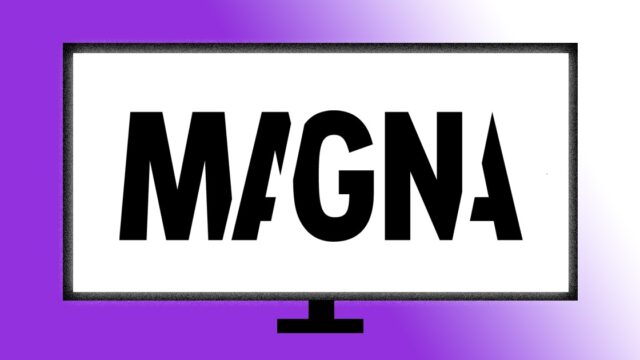What Disney+ and Netflix Massive Q1 Ad Spend Increases Really Mean
Never miss a beat: Subscribe to ADWEEK for exclusive Cannes Lions coverage.
Disney+ and Netflix’s ad tiers are paying off.
According to market intelligence company Guideline (owner of Standard Media Index, Lumina and SQAD), streamers, including Disney+ and Netflix, saw massive year-over-year ad spend gains in Q1. Disney+ saw a 210% year-over-year increase vs. Q1 2023, and Netflix saw a 135% increase.
“Broadly speaking, we are going to see some more pronounced lift given the younger life stage of Netflix and Disney+ in terms of having ad-supported activity,” Nicole McCurnin, director of advertising insights at Guideline, told ADWEEK. “But it is attracting more. We do see that play out.”
See Guideline’s year-over-year Q1 media ad spend chart below:
Both Netflix and Disney+ are around a year and a half into their ad tiers, so a slight inflation in the numbers makes sense. Regardless, the figures emphatically highlight the ongoing industry trend as more and more advertisers move away from linear to streaming and digital.
Guideline utilizes its pool intelligence for the numbers, showcasing ad dollars moving through agencies, and McCurnin explained that overall ad spend on total video (linear TV + digital video) grew 4% year over year in Q1, but that was largely driven by digital video, which had a 20% increase.
Meanwhile, linear TV fell 7%.
“We see really strong lift across the board, in double digits—TikTok doubled,” McCurnin said. “There’s been continued gravitation toward the digital space in terms of advertiser demand.”
Guideline’s figures appear to align with Magna’s recent global ads forecast ahead of Cannes Lions, which showed that traditional TV streamers, such as Disney+ and Max, and pure streaming companies, such as Netflix and Amazon, will generate at least $18 billion this year, including growth of 16%.
Though a record number of cyclical events are helping to prop up linear TV in 2024, including the U.S. presidential election, Magna also noted that non-political TV ads are expected to decline by 4 percent.
And with buyers recently telling ADWEEK the upfront market may be “softer than expected,” 2024-2025 upfront negotiations are going to be a hard landing for linear TV.
According to Guideline, the publisher sample showcases Direct I0 + Third-Party DSP revenue as available, except TikTok which only captures Direct I0.
https://www.adweek.com/convergent-tv/what-disney-and-netflix-ad-spend-increases-mean/
